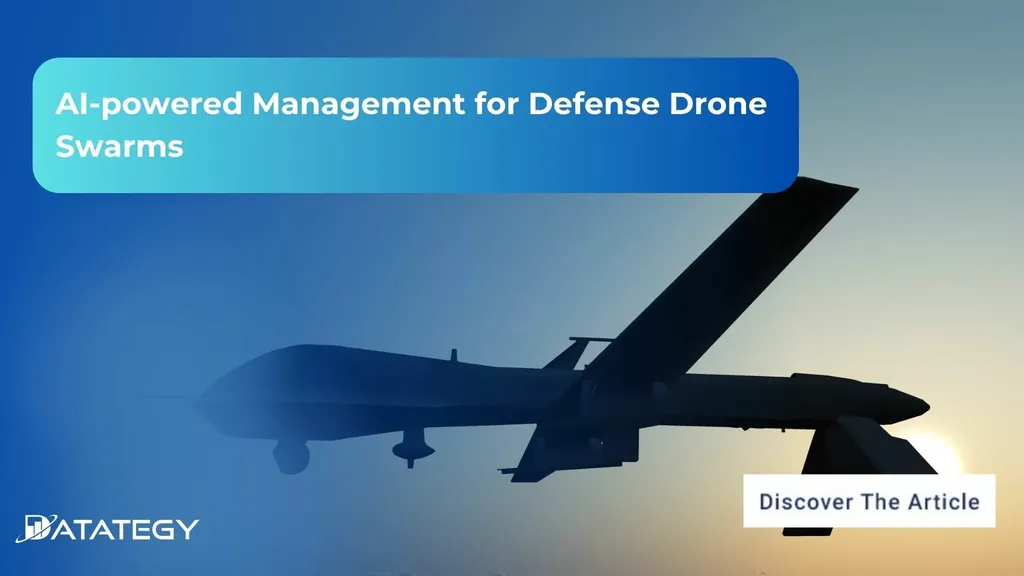Researchers Shima Salar Hosseini, Paeiz Azmi, and Ali Nazari have published groundbreaking research on optimizing unmanned aerial vehicle (UAV)-assisted covert communication, focusing on minimizing the Age of Information (AoI) while ensuring security against eavesdroppers. Their work, titled “Age of Information Minimization in UAV-Assisted Covert Communication: Trajectory and Beamforming Design,” introduces innovative solutions to enhance the efficiency and security of UAV-assisted communication systems.
The study addresses a critical challenge in UAV-assisted communication: the need to maintain the freshness of data while ensuring its confidentiality. In high-stakes scenarios such as military operations, disaster response, or rescue missions, the timeliness and security of information are paramount. The Age of Information (AoI) metric measures how up-to-date received data is, and the researchers have developed a method to minimize this metric in the presence of an aerial eavesdropper.
To achieve this, the researchers employ power-domain non-orthogonal multiple access (PD-NOMA) techniques. This approach allows a UAV to cover a covert user with a public user, effectively masking the confidential transmission from potential eavesdroppers. The PD-NOMA technique not only enhances the security of the communication but also significantly improves the AoI for the user, ensuring that the data remains fresh and actionable.
The joint optimization problem posed by the researchers involves non-convex constraints and coupled optimization variables, including UAV trajectory, beamforming design, and the user’s AoI. Directly solving this problem is challenging, so the team developed an efficient alternating optimization technique to address it. This method iteratively refines the solution, balancing the UAV’s trajectory, beamforming design, and AoI to achieve optimal performance.
Numerical results from the study demonstrate the impact of key parameters on the performance of the proposed communication system. The findings highlight the effectiveness of the PD-NOMA technique in minimizing AoI while maintaining robust security against eavesdroppers. The research underscores the potential of UAV-assisted covert communication to revolutionize time-sensitive applications, particularly in defence and security sectors where the freshness and confidentiality of information are critical.
This work not only advances the field of UAV-assisted communication but also sets a new standard for secure and efficient data transmission in high-stakes environments. As UAVs continue to play a pivotal role in military and emergency operations, the insights from this research will be invaluable in shaping future defence technologies and strategies. Read the original research paper here.

